The Philippines is a breathtaking archipelago of over 7,600 islands, each with its own unique charm. From pristine beaches and turquoise waters to lush mountains, ancient traditions, and vibrant cities, the country offers a diverse array of experiences for every traveler. Whether you’re an adventurer chasing waves, a history buff exploring colonial towns, or someone who simply wants to relax in paradise, the Philippines has something to offer.
This tropical nation is known for its warm hospitality, delicious cuisine, and rich cultural heritage that blends influences from Asia, Spain, and the United States. But what truly makes it unforgettable are the destinations that showcase its natural wonders and timeless traditions. From world-class diving spots to UNESCO World Heritage sites, every journey through the Philippines feels like discovering a hidden treasure.
If you’re planning your next trip, we’ve rounded up the Top 10 Must-Visit Destinations in the Philippines—a guide that highlights the very best this archipelago has to offer. Pack your bags, get ready to explore, and let’s dive into the country’s most iconic and awe-inspiring places.
1. Palawan
Image
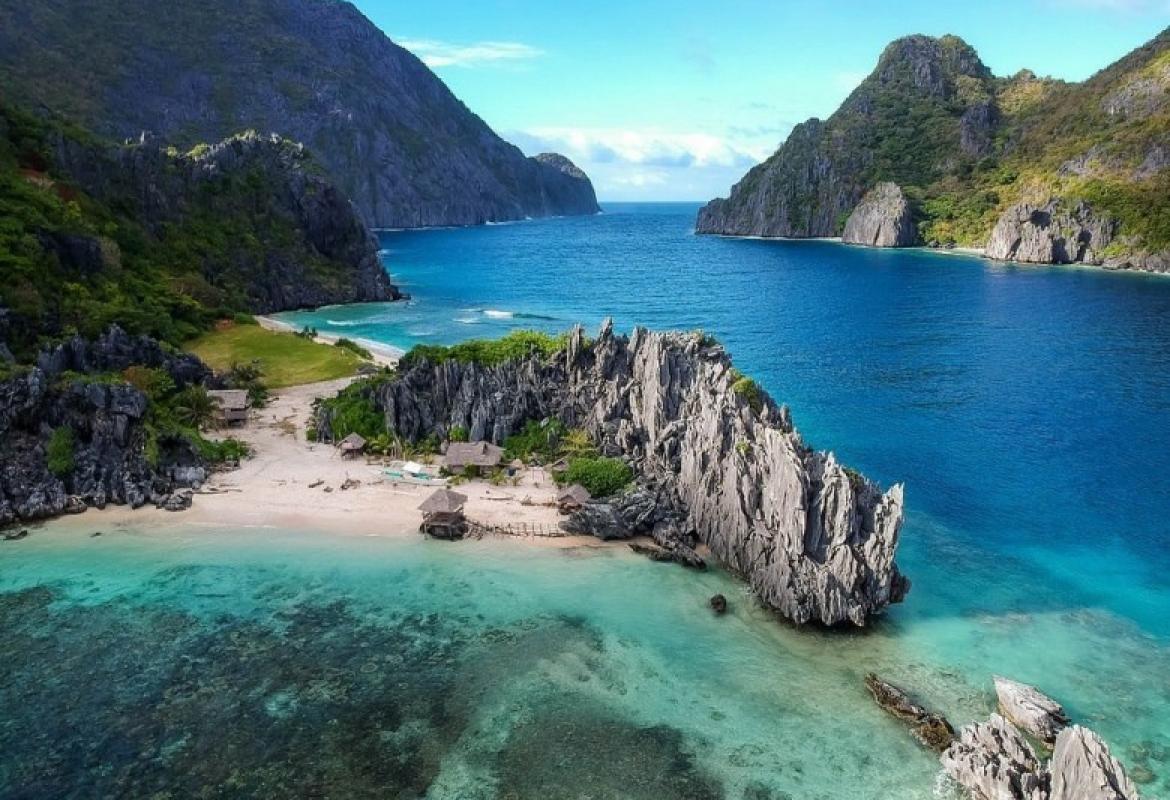
Often called the “Last Frontier of the Philippines,” Palawan is a paradise for nature lovers and adventure seekers alike. This island province consistently ranks among the world’s best travel destinations, and for good reason. Its crown jewel is the Puerto Princesa Subterranean River, a UNESCO World Heritage Site and one of the New Seven Wonders of Nature. Travelers can take a boat through its mystical underground cave system, marveling at rock formations that look like works of art carved by time.
Palawan is also home to El Nido and Coron, two destinations famous for their dramatic limestone cliffs, turquoise lagoons, and rich marine life. Snorkelers and divers will find vibrant coral reefs teeming with fish, while island-hopping tours reveal hidden beaches, secret coves, and pristine waters perfect for kayaking. Coron, in particular, is famous for its shipwreck diving sites from World War II, drawing diving enthusiasts from across the globe.
But Palawan isn’t just about natural beauty—it’s also about serenity. With its laid-back island vibe, unspoiled landscapes, and breathtaking sunsets, it’s the perfect escape for those seeking peace and tranquility. Palawan truly embodies the untouched beauty of the Philippines, making it a destination no traveler should miss.
2. Boracay
Image
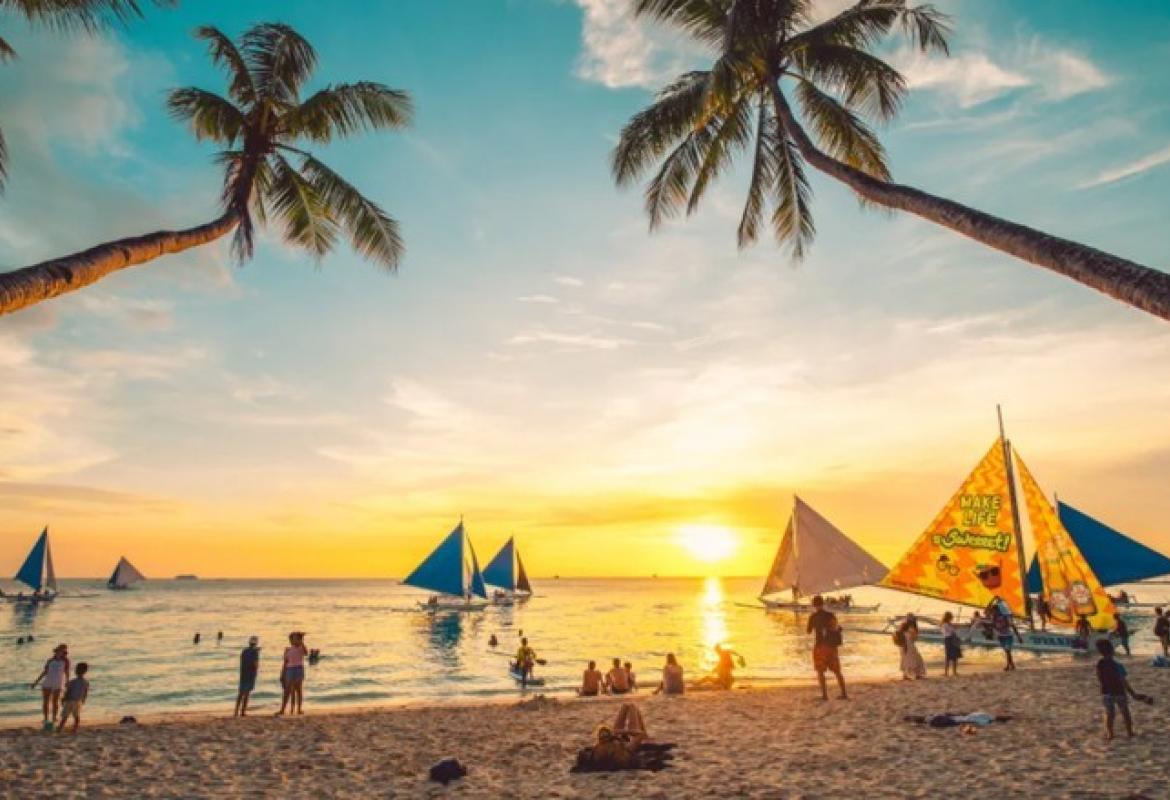
Boracay may be small, but it’s one of the most famous islands in the Philippines, known worldwide for its powdery white sand and lively beach scene. The iconic White Beach stretches for four kilometers and is divided into three stations, each catering to different types of travelers. Whether you’re looking for luxury resorts, nightlife, or quiet spots to unwind, Boracay offers it all.
The island underwent a major rehabilitation in recent years to preserve its natural beauty, and the results are stunning. Today, Boracay has cleaner waters, improved infrastructure, and a more sustainable tourism model, ensuring that its pristine charm remains for future generations.
Adventure seekers can enjoy activities like kiteboarding and windsurfing at Bulabog Beach, while those looking for relaxation can find hidden gems like Puka Beach and Diniwid Beach. Boracay also offers island-hopping trips, parasailing, and snorkeling adventures. As night falls, the island transforms into a vibrant hub of entertainment, with fire-dancing shows, beachfront bars, and live music adding to the festive atmosphere.
Boracay isn’t just about the beach—it’s about the experience. The combination of natural beauty, vibrant culture, and warm hospitality makes it a must-visit for anyone traveling to the Philippines.
3. Banaue and Batad Rice Terraces (Ifugao)
Image
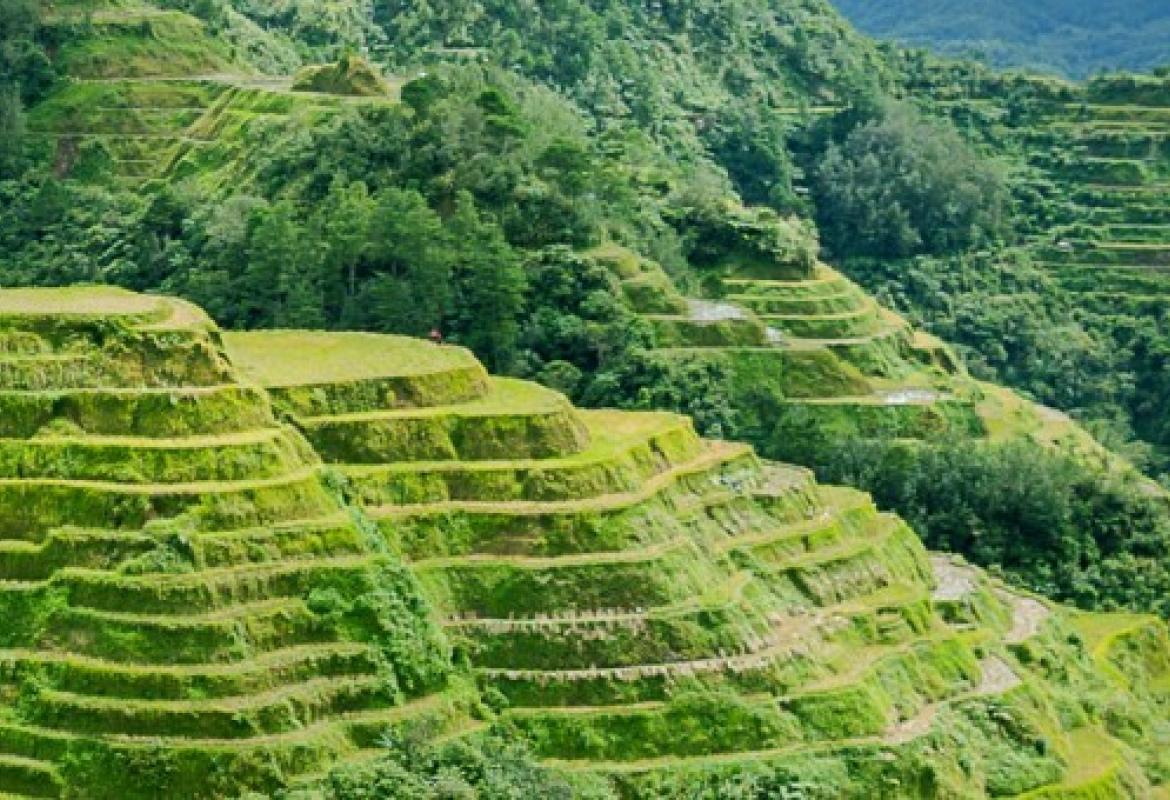
Often referred to as the “Eighth Wonder of the World,” the Banaue and Batad Rice Terraces are a testament to human ingenuity and harmony with nature. Carved into the mountains of Ifugao over 2,000 years ago by indigenous peoples, these terraces remain a UNESCO World Heritage Site and a living symbol of the Philippines’ agricultural heritage.
Banaue offers sweeping vistas of stair-like rice fields that seem to touch the sky, while Batad, a nearby village, presents an amphitheater-style terrace that is breathtaking in its scale and beauty. Visiting these sites isn’t just about seeing a landscape—it’s about stepping into history. The Ifugao people still cultivate rice and vegetables here using ancient techniques passed down through generations.
Travelers can trek through lush trails, interact with locals, and immerse themselves in the traditions of the Ifugao culture. Homestays provide authentic experiences, where guests can learn about local customs, weaving, and cuisine. For adventure seekers, hiking to Tappiya Falls near Batad adds an extra thrill.
A visit to Banaue and Batad is both humbling and inspiring. It reminds us of the delicate balance between humans and nature, showcasing how communities have thrived in these highlands for millennia.
4. Siargao Island
Image
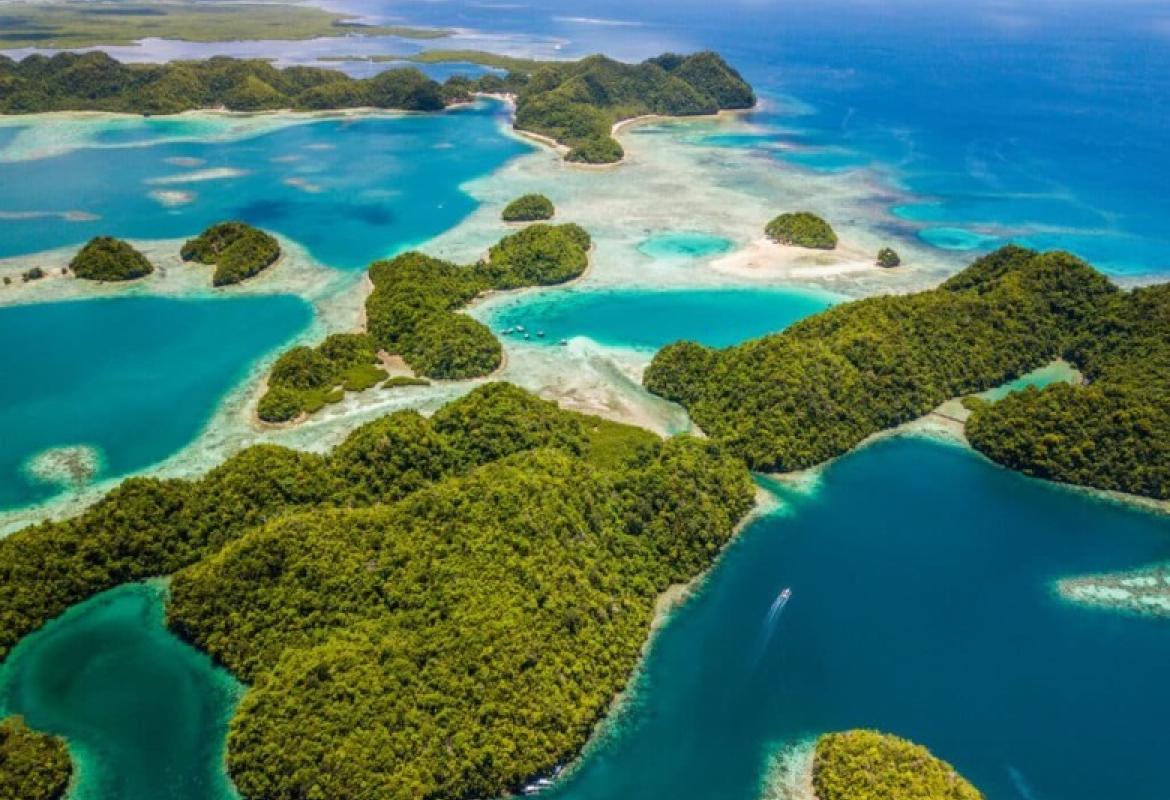
Known as the “Surfing Capital of the Philippines,” Siargao has risen in recent years as a top destination for both surfers and non-surfers alike. The island is most famous for “Cloud 9,” a legendary surf break that attracts wave riders from around the world, especially during the annual international surfing competition.
But Siargao offers much more than surfing. Island-hopping tours reveal unspoiled gems like Guyam, Daku, and Naked Island—each with pristine white sand, turquoise waters, and perfect swimming conditions. For nature lovers, the Sugba Lagoon provides crystal-clear waters surrounded by lush mangroves, while Magpupungko Rock Pools offer natural tidal swimming spots during low tide.
Siargao has also developed a thriving food and arts scene, with cozy cafés, yoga retreats, and boutique resorts creating a relaxed island lifestyle. Despite its growing popularity, the island retains its laid-back charm, welcoming visitors with warmth and authenticity.
Adventure seekers can explore caves, bike through palm-lined roads, or take boat rides through hidden lagoons. Whether you come for the waves, the scenery, or the community vibe, Siargao is an island that captures hearts and keeps travelers coming back.
5. Cebu
Image
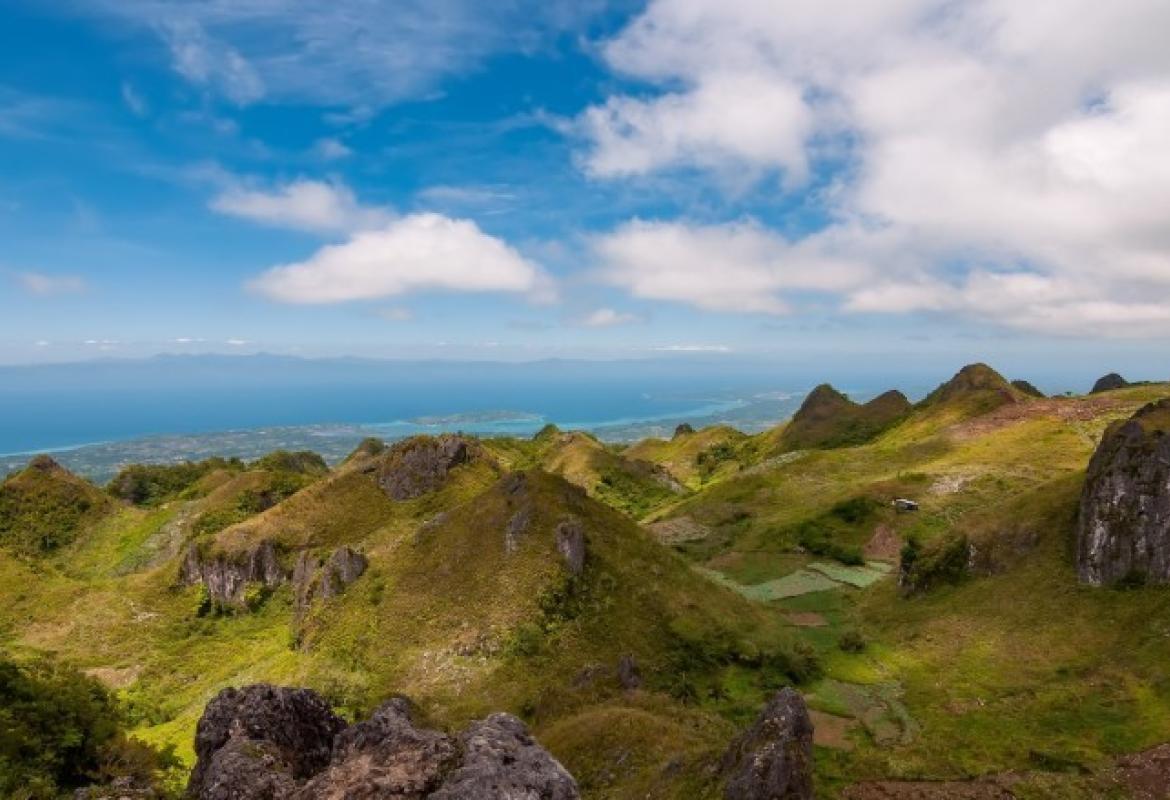
Cebu, often called the “Queen City of the South,” is one of the Philippines’ most versatile destinations, offering a blend of history, culture, and adventure. As the country’s oldest city, Cebu holds a rich Spanish colonial heritage. Landmarks like Magellan’s Cross, Basilica Minore del Santo Niño, and Fort San Pedro provide a glimpse into the Philippines’ storied past.
Beyond history, Cebu is a paradise for nature lovers. The province boasts stunning beaches, world-class diving spots, and thrilling adventures like swimming with whale sharks in Oslob. Kawasan Falls, with its turquoise waters, is a favorite for canyoneering, offering an adrenaline-pumping way to experience the island’s natural beauty.
For island-hoppers, nearby gems like Malapascua and Moalboal are perfect escapes. Malapascua is famous for thresher shark diving, while Moalboal’s sardine run is a must-see spectacle for divers and snorkelers.
Cebu City, on the other hand, offers modern comforts, bustling markets, and a vibrant culinary scene—lechon (roast pig) is a must-try. With its easy accessibility via an international airport, Cebu is often the gateway to the central Philippines and a destination that offers something for everyone.
6. Bohol
Image

Bohol is a treasure trove of natural wonders and cultural experiences. The island is most famous for the Chocolate Hills, a geological formation of more than 1,200 symmetrical hills that turn brown during the dry season, resembling giant chocolate mounds. This unique landscape has earned global recognition and is a must-see for any visitor.
Bohol is also home to the tarsier, one of the world’s smallest primates. These wide-eyed creatures can be observed in protected sanctuaries, offering a rare glimpse into the island’s biodiversity. Adventure seekers can cruise along the Loboc River, enjoy paddleboarding, or take part in zipline tours with breathtaking views.
The island also offers beautiful white-sand beaches, with Panglao Island standing out as a diving and snorkeling hotspot. Pristine reefs and vibrant marine life make it a paradise for underwater enthusiasts. History lovers will also appreciate the centuries-old Baclayon Church and other Spanish-era landmarks.
Bohol balances adventure, relaxation, and heritage perfectly. Whether you’re exploring caves, island-hopping, or simply enjoying the slow pace of island life, Bohol offers an unforgettable experience that caters to families, couples, and solo travelers alike.
7. Batanes
Image
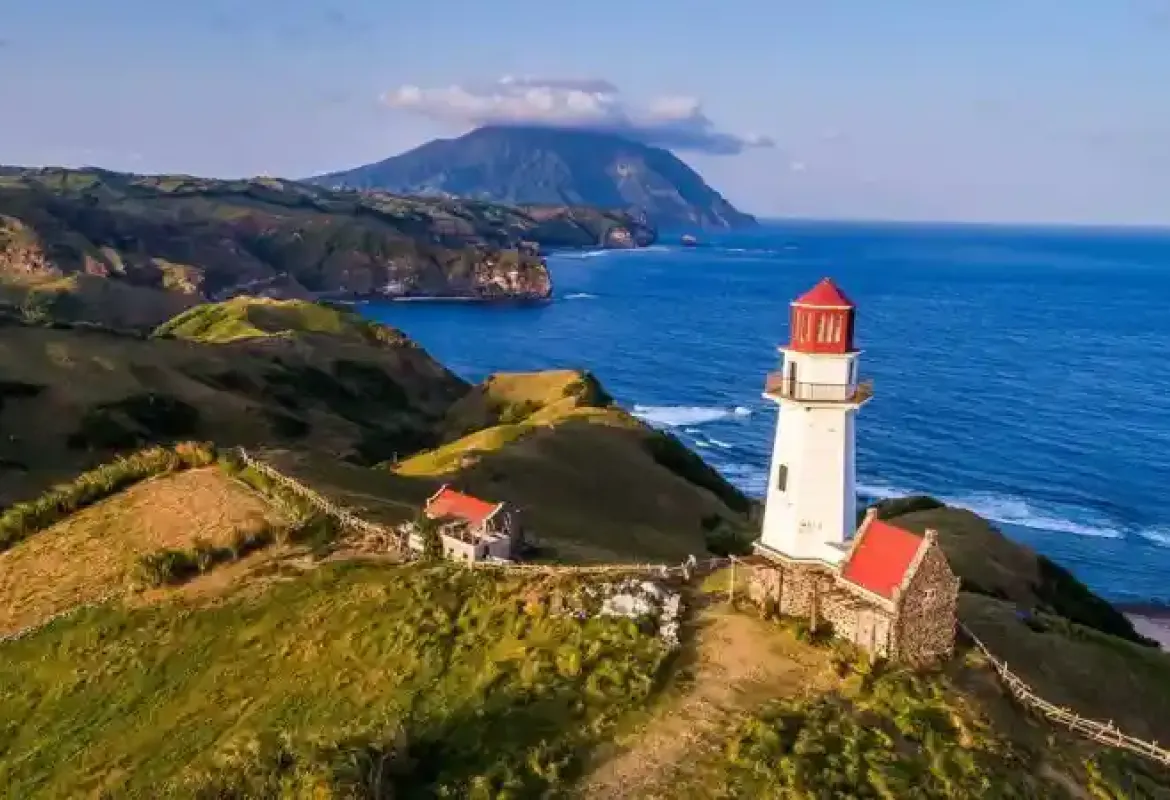
At the northernmost tip of the Philippines lies Batanes, a province unlike any other in the country. Known for its breathtaking landscapes, stone houses, and rich Ivatan culture, Batanes offers a serene escape for travelers seeking tranquility and authenticity.
Rolling hills, rugged coastlines, and windswept cliffs dominate the scenery, often compared to places in New Zealand or Ireland. Popular spots like Marlboro Hills, Vayang Rolling Hills, and the lighthouse at Basco showcase the untouched beauty of the islands.
What makes Batanes truly special is its people. The Ivatans are known for their resilience, hospitality, and unique way of life. Their iconic stone houses, built to withstand frequent typhoons, are living symbols of harmony between humans and nature. Visitors can immerse themselves in local traditions, sample Ivatan cuisine, and enjoy a pace of life that feels far removed from the hustle of modern cities.
Due to its remote location, Batanes remains one of the least crowded destinations in the Philippines, preserving its pristine charm. A journey here is more than just sightseeing—it’s about reconnecting with nature and experiencing a culture deeply rooted in simplicity and respect for the environment.
8. Vigan (Ilocos Sur)
Image
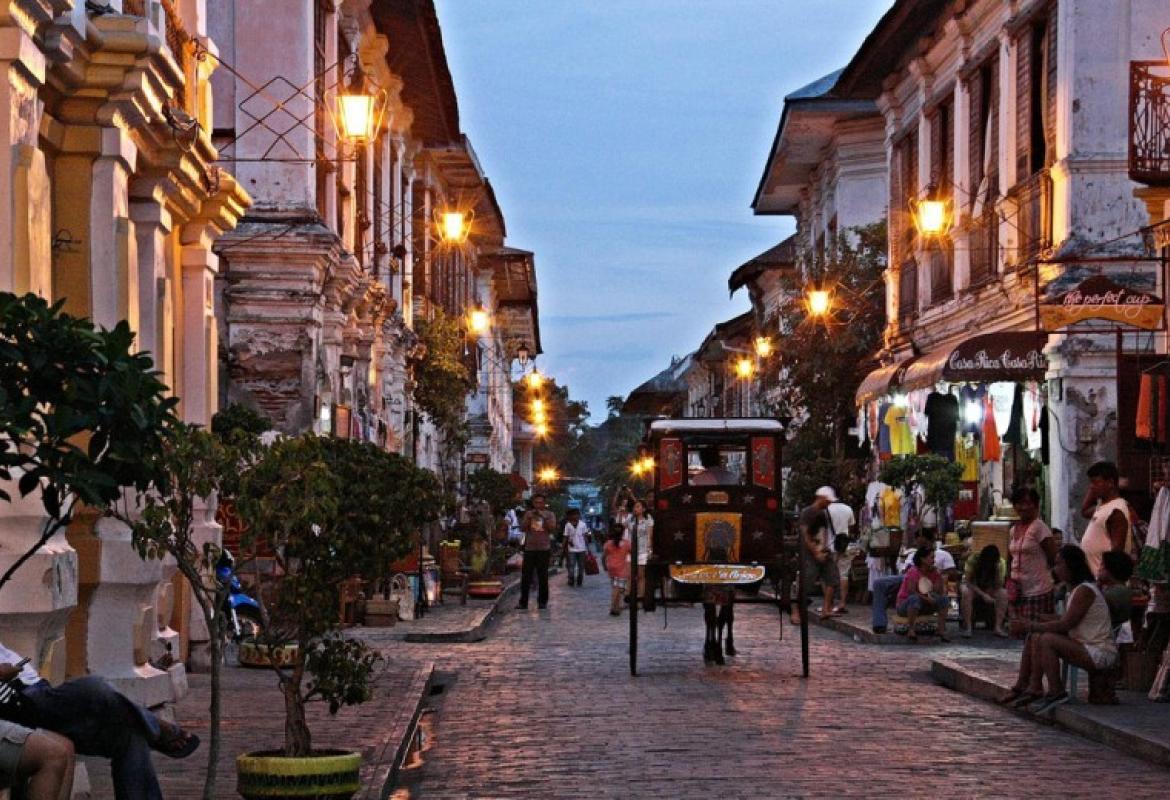
Vigan, a UNESCO World Heritage Site, is one of the best-preserved examples of Spanish colonial towns in Asia. Walking through its cobblestone streets feels like stepping back in time, with heritage houses, horse-drawn carriages (kalesas), and centuries-old churches showcasing its unique blend of Filipino, Chinese, and Spanish influences.
Calle Crisologo, the heart of Vigan, is lined with ancestral homes turned into museums, shops, and cafés. At night, the street glows warmly under lamplight, creating a romantic atmosphere for evening strolls. The city’s Mestizo District highlights the wealth of cultural exchanges that shaped its architecture and traditions.
Beyond its historical charm, Vigan is also a center for craftsmanship. Visitors can watch traditional weaving and pottery-making, or shop for handwoven textiles and antiques. Local cuisine is another highlight, with specialties like Vigan longganisa (garlic sausage) and empanada being crowd favorites.
Vigan is not just a preserved town—it is a living, breathing community that honors its past while embracing the present. For travelers seeking cultural immersion and architectural beauty, Vigan offers a journey into the soul of the Philippines’ colonial history.
9. Davao City and Samal Island
Image
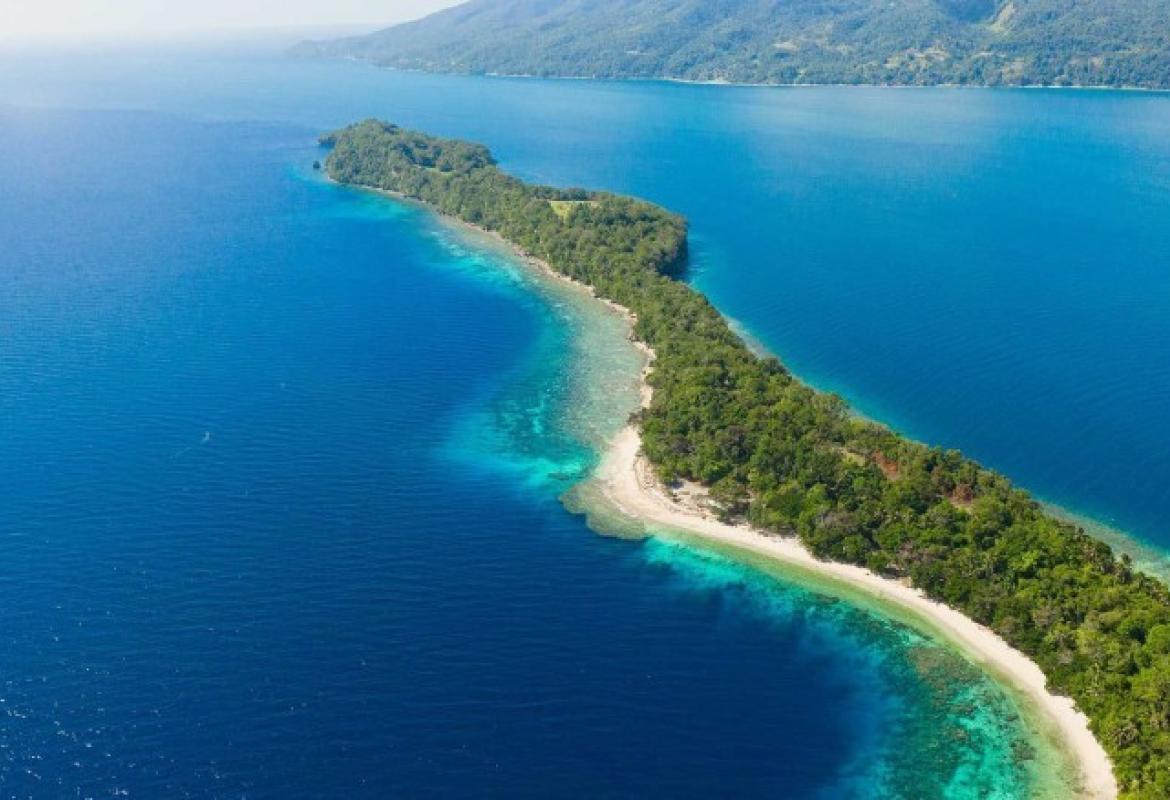
Davao City, located in Mindanao, is a bustling metropolis surrounded by natural wonders. Known for being one of the safest and most progressive cities in the country, it is home to Mount Apo, the Philippines’ tallest peak. Climbing this mountain is a bucket-list adventure for avid hikers.
The city is also famous for its durian, dubbed the “king of fruits,” and its thriving local markets. Cultural attractions like the D’ Bone Collector Museum and the Davao Crocodile Park offer educational and family-friendly experiences.
Just a short boat ride away lies Samal Island, a tropical haven with over 70 resorts and pristine beaches. Known as the “Island Garden City,” Samal is perfect for snorkeling, diving, and simply relaxing by the sea. Its Monfort Bat Sanctuary holds the Guinness World Record for the largest colony of fruit bats, a fascinating natural wonder.
Together, Davao City and Samal Island provide the best of both worlds: urban convenience and untouched paradise. This combination makes it an ideal destination for travelers who want a balance of adventure, culture, and relaxation.
10. Sagada (Mountain Province)
Image
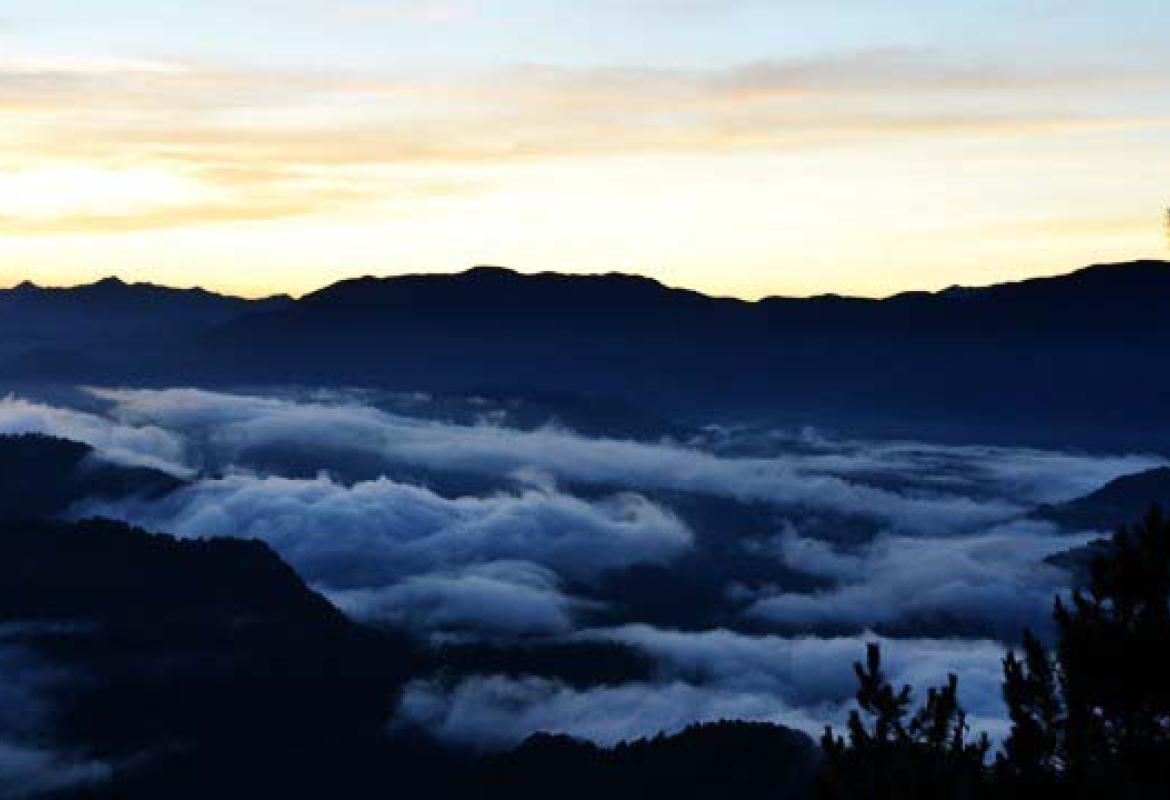
Sagada, tucked in the Cordillera mountains, is a mystical destination known for its cool climate, natural wonders, and deep cultural heritage. The town’s most famous attraction is the Hanging Coffins, an ancient burial tradition that reflects the indigenous people’s beliefs about life, death, and the afterlife.
Adventure lovers flock to Sagada for spelunking in Sumaguing and Lumiang Caves, trekking through Echo Valley, and chasing waterfalls like Bomod-ok Falls. The sunrise view from Kiltepan Peak is legendary, with clouds rolling over the mountains like a sea of mist—a sight that leaves travelers awestruck.
Sagada also offers a spiritual side. Many visitors come seeking solitude, healing, or inspiration. The quiet mountain town, with its pine-scented air and breathtaking scenery, provides the perfect backdrop for reflection and self-discovery. Local cafés serving freshly brewed mountain coffee further enhance the experience.
Sagada is not the easiest place to reach, but its remoteness adds to its allure. For those willing to journey into the highlands, the reward is an unforgettable blend of adventure, culture, and peace.
The Philippines is a tapestry of natural wonders, rich history, and vibrant culture. From the limestone cliffs of Palawan to the rolling hills of Batanes, each destination offers a unique story waiting to be discovered. Whether you seek adventure, relaxation, or cultural immersion, these top 10 destinations embody the country’s beauty and diversity.
Traveling through the Philippines is more than just sightseeing—it’s about connecting with people, traditions, and landscapes that leave a lasting impression. With so many treasures to explore, it’s no wonder the Philippines remains a must-visit destination on the global travel map.










